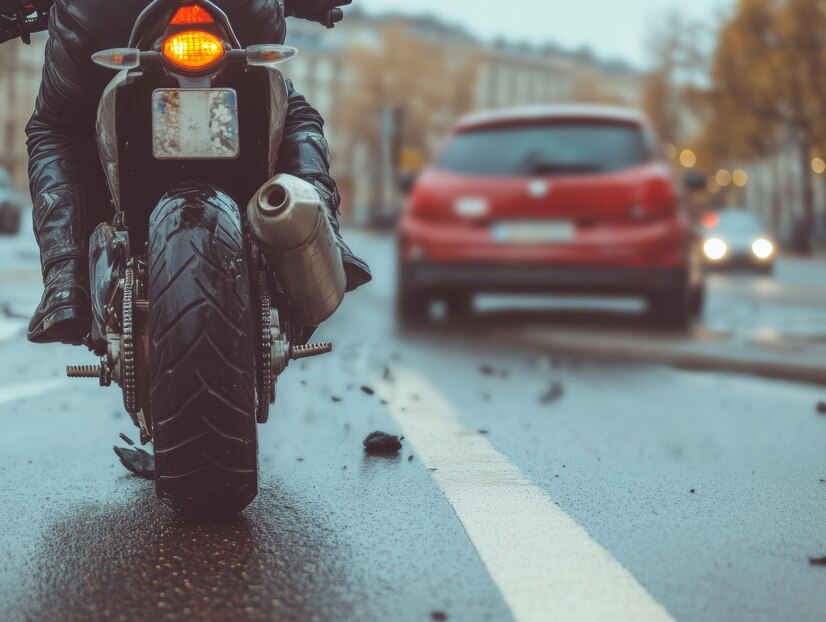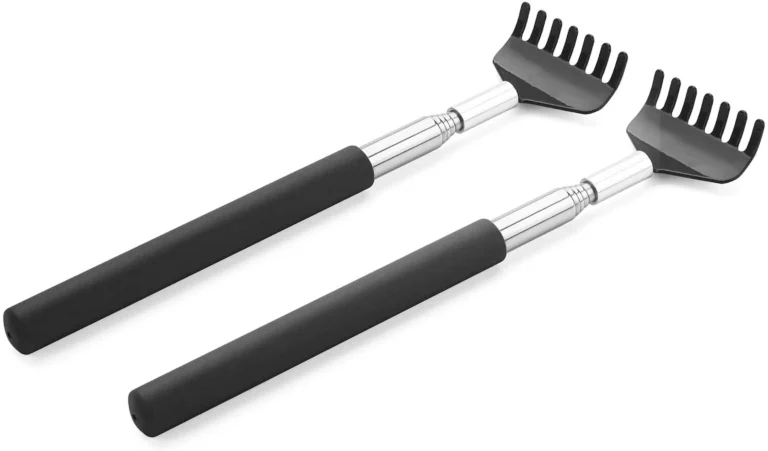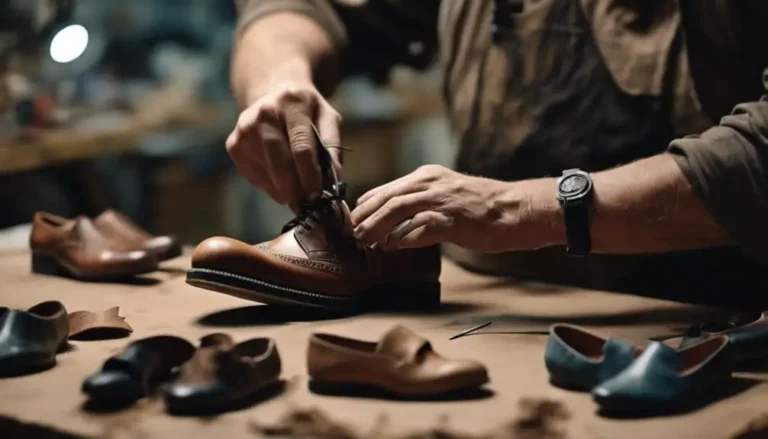Safety Tips for Motorcyclists to Avoid Collisions with Cars
Motorcyclists face unique challenges on the road due to the size and vulnerability of their vehicles compared to cars. One of the biggest concerns for motorcyclists is the risk of collisions with cars, which often result in severe injuries due to the lack of protection. While motorcyclists cannot control the actions of other drivers, they can take several proactive steps to reduce the risk of accidents. Practicing defensive driving, increasing visibility, and understanding the common causes of car-motorcycle collisions can significantly affect rider safety.
Motorcyclists should adhere to essential safety tips and stay vigilant on the road to greatly reduce the likelihood of accidents. This involves being aware of their surroundings, anticipating other drivers’ actions, and maintaining control of their motorcycle to ensure a safe and enjoyable ride.
Always Stay Visible to Other Drivers
The Federal Highway Administration identifies several common causes of motorcycle accidents, with one of the primary issues being drivers failing to notice motorcyclists, especially in blind spots or during lane changes. This problem is particularly dangerous at intersections and around larger vehicles like trucks or SUVs, often resulting in left-turn collisions.
Avoid riding in blind spots, typically located behind and slightly to the sides of vehicles. Staying visible helps drivers anticipate your movements, reducing the risk of sudden lane changes or turns that could cause a collision. Maintaining visibility is key to road safety.
Maintain a Safe Following Distance
Maintaining a safe following distance is crucial for motorcyclists to avoid rear-end collisions. Since motorcycles have a shorter stopping distance than cars, riding closer to the vehicle in front is tempting. However, this reduces the time available to react to sudden stops or changes in traffic patterns. Keeping a distance of at least two seconds between your motorcycle and the car ahead allows enough time to react to emergencies.
In case of poor road conditions, such as during heavy rain or on icy or slippery surfaces, it becomes even more crucial to increase the following distance between your vehicle and the one in front of you. By giving yourself extra space, you allow for more reaction time, which is essential for making controlled stops and avoiding accidents caused by sudden braking. This is especially important as it can help prevent skidding or losing control of your vehicle, which are common risks in adverse weather conditions.
Use Defensive Driving Techniques
Defensive driving is essential for motorcyclists to ensure their safety on the road. By adopting proactive habits, riders can reduce the likelihood of accidents and navigate potential hazards more effectively. Below are key defensive driving techniques to help motorcyclists stay safe:
- Always assume other drivers may not see you or may act unpredictably.
- Anticipate potential hazards, such as cars turning without signaling or drifting into your lane.
- Stay aware of your surroundings and constantly scan the road for signs of danger.
- Avoid aggressive riding behaviors like weaving through traffic or speeding.
- Stay calm and focused to avoid startling other drivers or causing them to react unexpectedly.
Take Extra Caution at Intersections
Intersections often pose significant risks for motorcyclists, with many accidents occurring when cars turn without noticing an approaching motorcycle. Reduced speed and heightened awareness at intersections can be helpful in preventing accidents, especially in situations where a car might make a turn without signaling or establishing eye contact with the motorcyclist.
In the event of an accident at an intersection, a motorcycle accident law firm in Denver, CO, may offer valuable insights into the steps that can be taken to address the situation and seek any necessary compensation.
Avoid Riding in Bad Weather Conditions
While some motorcyclists enjoy riding in all kinds of weather, rain, fog, and other adverse conditions significantly increase the risk of accidents. Reduced visibility, slippery roads, and the difficulty of controlling a motorcycle in strong winds all contribute to heightened danger during inclement weather. If possible, avoid riding in poor weather conditions and wait for clearer, safer roads.
When riding in the rain or other challenging weather conditions, it’s important to adjust your riding technique to ensure safety. To start, reduce your speed to allow for better traction and control. Additionally, maintaining a greater following distance from other vehicles will give you more time to react to changing road conditions. It’s crucial to ensure that your motorcycle’s tires have sufficient tread depth and proper inflation while also checking that the brakes are in good condition to effectively stop on wet surfaces.
Equipping yourself with wet-weather riding gear is essential for maintaining visibility and control. A helmet with an anti-fog visor will help prevent visibility issues caused by fogging, and wearing waterproof or water-resistant clothing will help keep you dry and comfortable. It’s also advisable to wear gloves that provide a good grip even when wet and consider wearing non-slip, waterproof boots for added safety.
Perform Regular Maintenance on Your Motorcycle
A well-maintained motorcycle is safer and more reliable on the road. Regularly checking your tires, brakes, lights, and engine helps ensure that your motorcycle is in top condition and reduces the risk of mechanical failures while riding. Pay special attention to your tires, as worn or under-inflated tires can make handling more difficult, particularly on wet or uneven roads.
In addition to mechanical checks, motorcyclists should also keep their gear in good shape. Wearing a well-fitted helmet, gloves, and protective clothing can provide an extra layer of safety in case of an accident.
Communicate Your Movements Clearly
Communication is critical when sharing the road with other vehicles. Motorcyclists should always signal their intentions well in advance, whether changing lanes, turning, or slowing down. Use your hand signals in addition to turn signals for extra visibility when necessary. The more clearly you communicate your movements, the easier it is for other drivers to anticipate your actions and adjust their driving accordingly.
Motorcyclists should also use their horns sparingly but effectively to alert drivers who may not notice their presence. This can be especially useful when a car begins to drift into your lane or when you are approaching a vehicle that appears to be turning.







